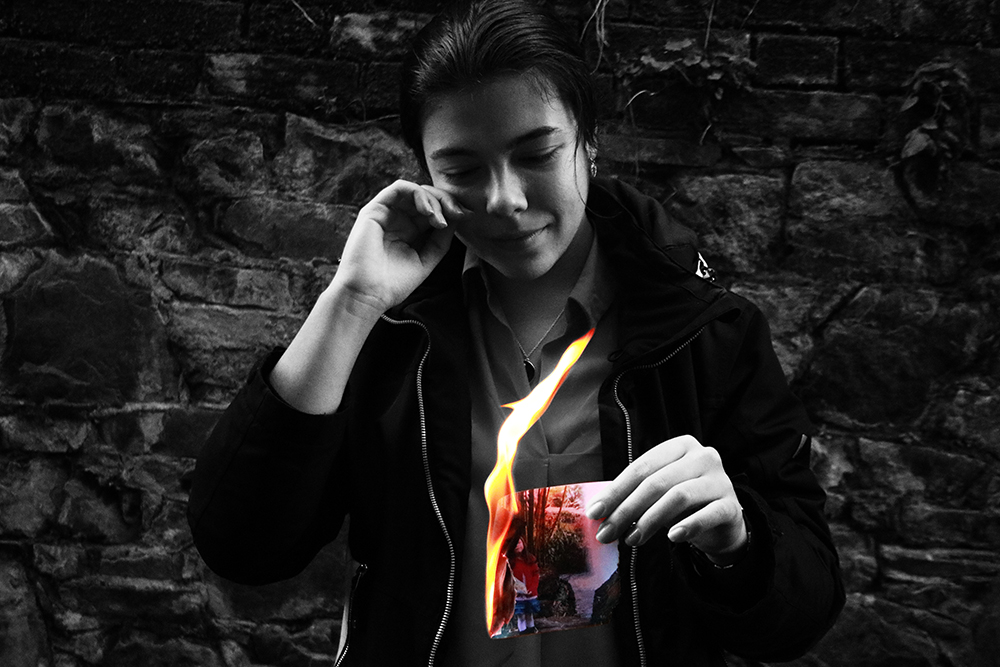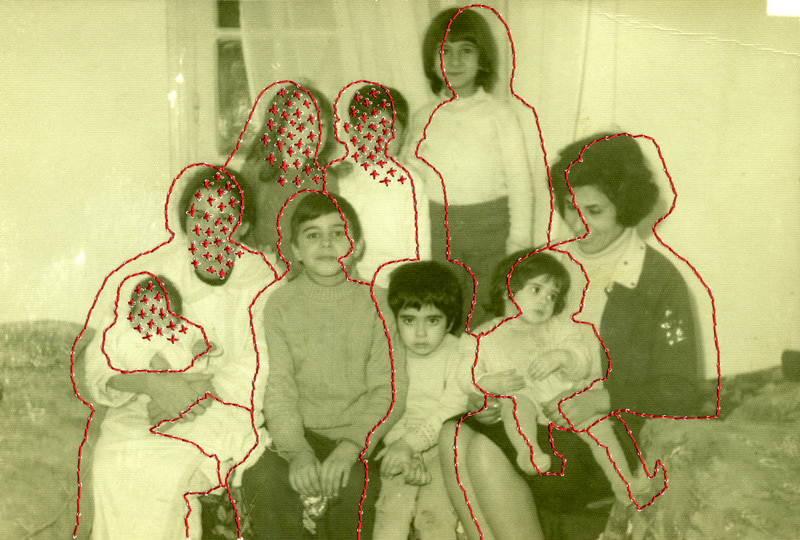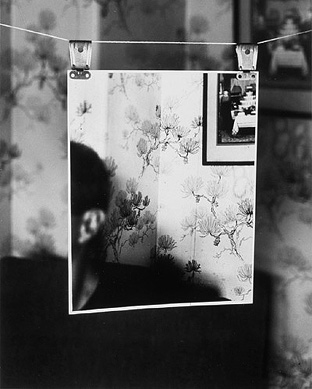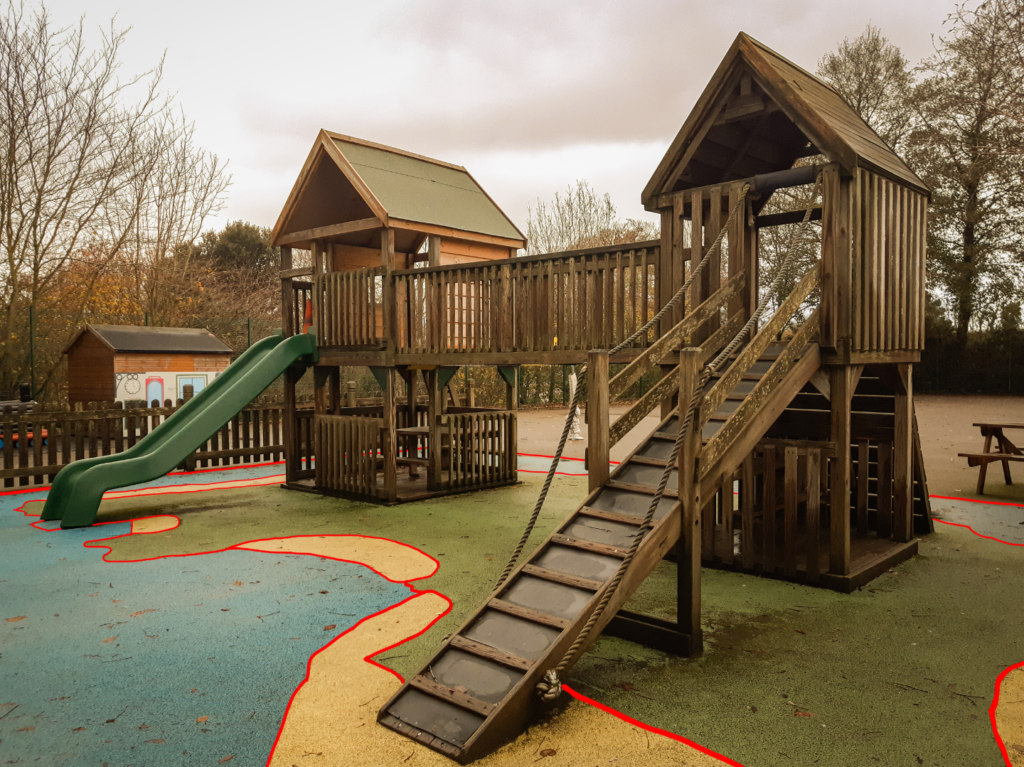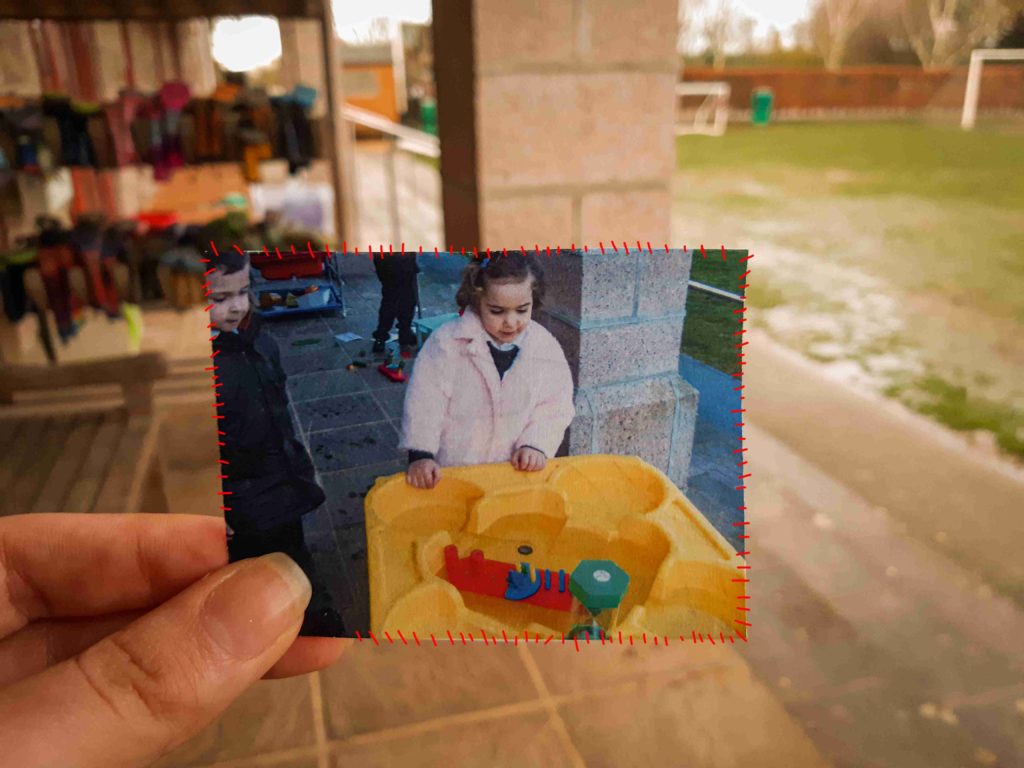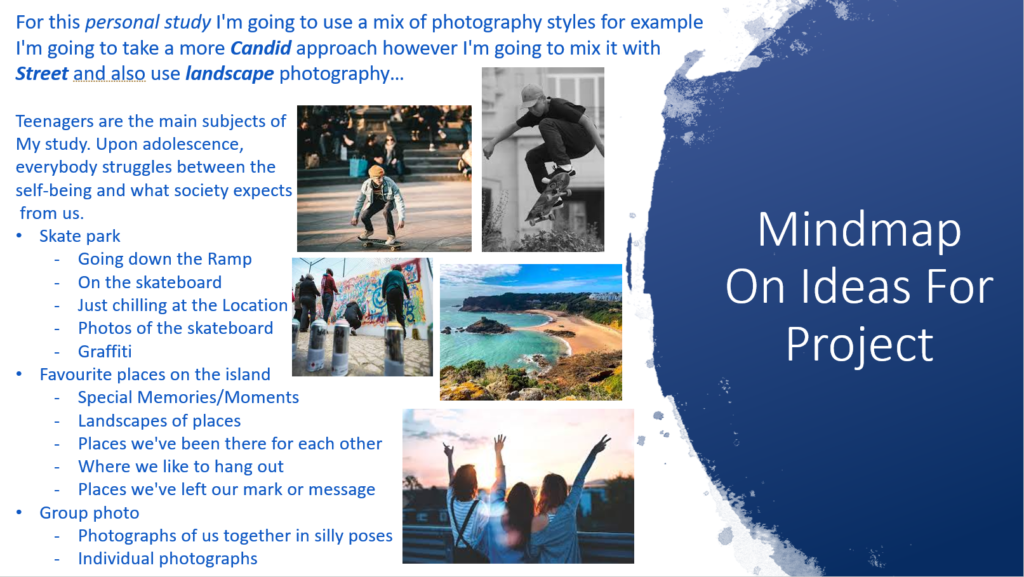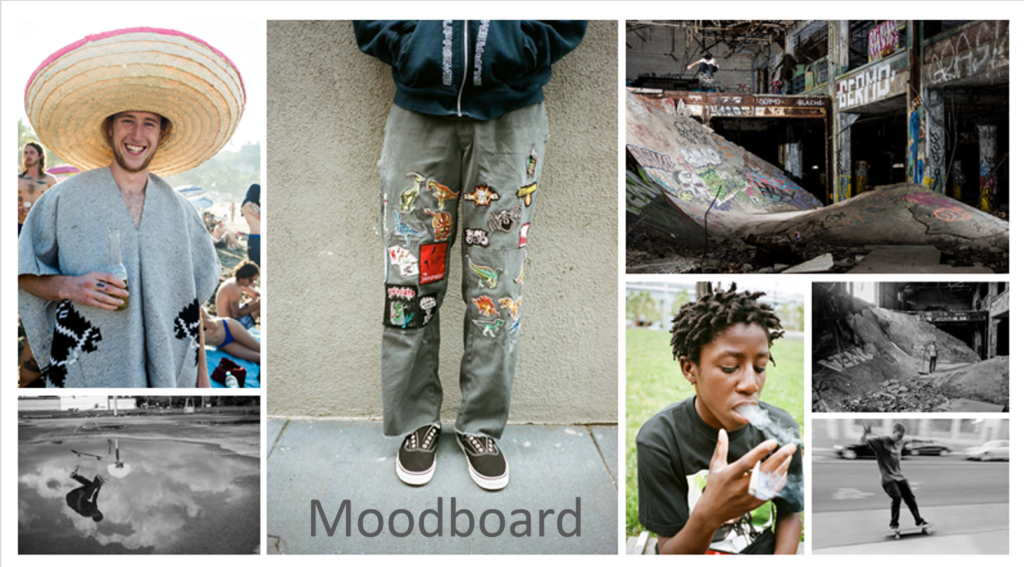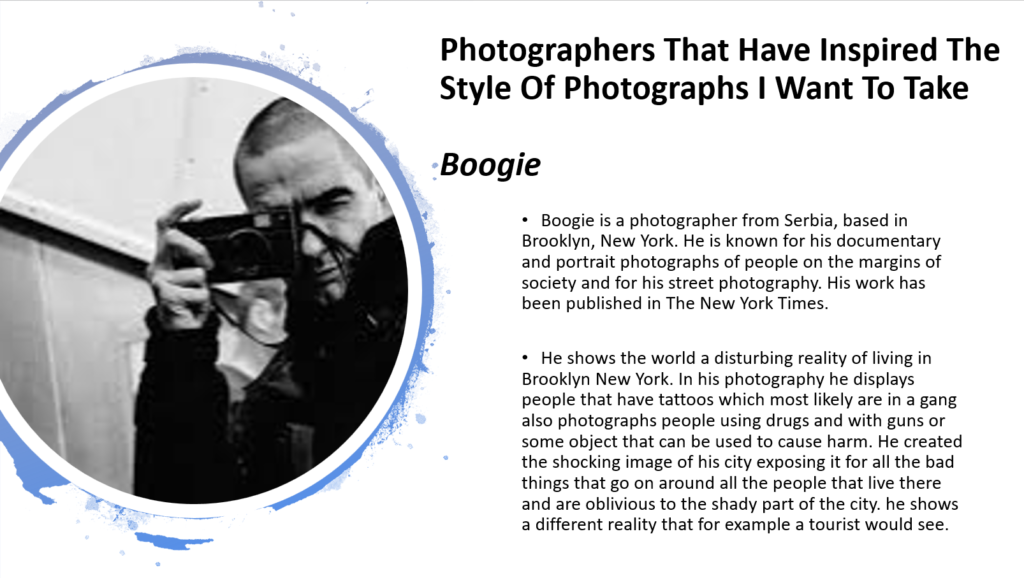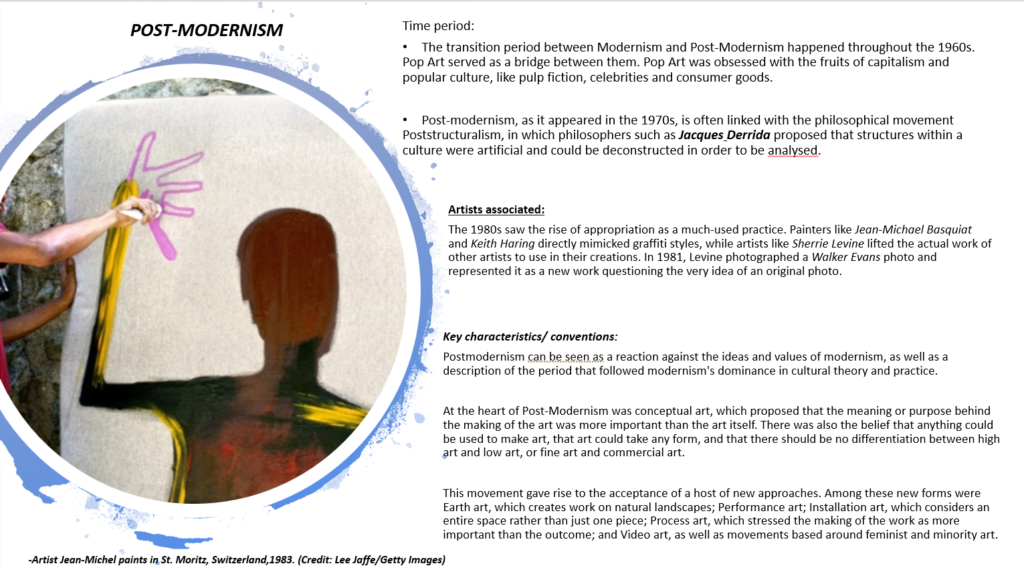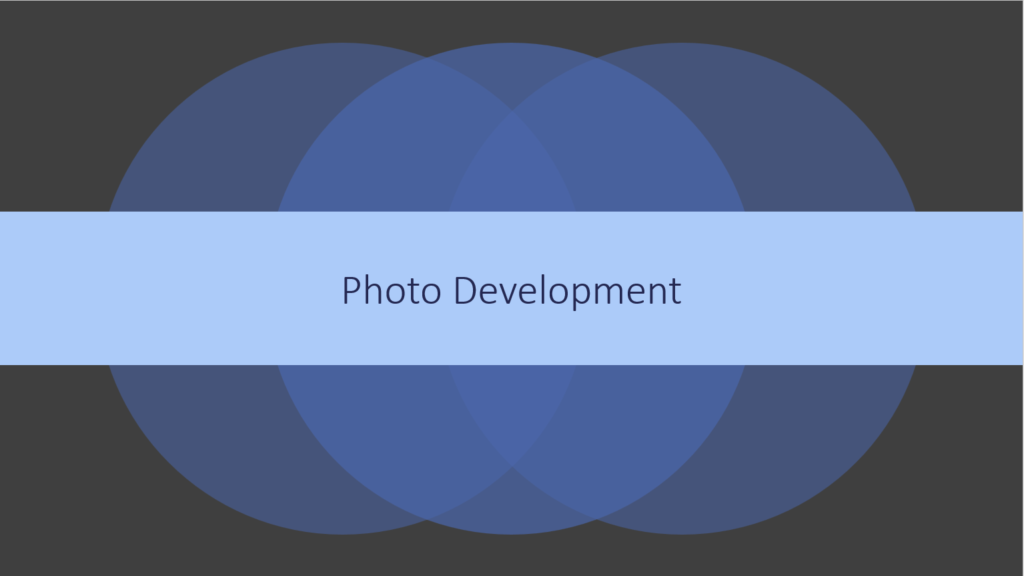“these photos are fragments of my past”
-Carolle Benitah
Through my personal study I will be creating work influenced by my own childhood as a source of escape from the global Covid-19 pandemic. I want to revisit my old schools in order to show my memories and places that I used to frequently go to. My aim is to evoke a sentimental feeling upon my images to help my audience think back to their childhood and “Care-free” days. Both Carolle Bénitah and Richard Koenig explore their childhood by using different techniques which I think work well together in order to evoke their feelings and show which areas that gave them the biggest emotional connection. This is exciting as every childhood can be told differently and I think the way one captures images and edits them gives many hints as to what their childhood looked like and who they have become as a person.
So far, I have looked at childhood twice, once showing how we can manipulate memories and show that as we grow older we often drift further and further from our memories and younger selves as responsibility and stress often creates a divide between us and the memories as we wonder if we can ever return to that state of happiness and tranquillity. And the other time was when I looked back on memories of my own and influenced by Chino Otsuka’s work I reinvented the images by creating a parallel with both my younger and older self in the same images showing the growth and change a person can have over the years. I will experiment with both Adobe Photoshop and Lightroom as I believe that Lightroom has the best features for image adjustments such as contrast and vibrance and Photoshop works to add elements that I think could work well in adding influence of Carolle Benitah’s work with the idea of the red string and helping to highlight certain elements of the image.
Context
The relationship between photography and memory is explored in great detail in Roland Barthes seminal book Camera Lucida that follows an attempt to piece together his mothers image and how he viewed her before she passed in 1977. A book on love and grief the connection between him and what he viewed his mother to be. He began to write diary entries before the passing of his mother, in what he published as The mourning diary. Barthes had created “a ghost story of sorts, in which neither Henritte Barthes nor the book’s ostensible subject, photography, could quite be grasped in arguments over its status as art, nor really in its role in contemporary media or culture,”.(Dillon year: pg) After the death of his mother he struggled to find images that represented her, Barthes searched through albums and through her things but thought that each image didn’t fully shine a light on what was his mother. He said he had “no hope in “finding” her” and that he could remember elements about his mother such as her gait, her glow and her health but he struggled immensely to recall her face and her features. Barthes often blatantly misreads images he found from multiple photographers as he looked at the small details in the images that reminded him of her as he becomes “touched by the poignant detail.” Throughout the whole book he doesn’t actually show a picture of what his mother looks like as he says that the images “exists only for me” and that for us, as the readers “it would be nothing but an indifferent picture.”
He said that when creating this book, “”for once”, photography gave me a sentiment as certain as remembrance”. This created the idea that “I must interrogate the evidence of Photography, not from the viewpoint of pleasure, but in relation to what we romantically call love and death”. This shows that he looked deeper into the conceptual meaning of photos, he didn’t just take a picture of his mother to show that he had a mother but instead selected a series of “unrelated images” that he thought reminded him of his mother, through small details that captured her being.
I will be photographing my images through their essence, by the objects and places that held the most memories; to help create a narrative altogether.
“My stories are made in a tension between the past and present”
– Annette Kuhn
In the photography reader there is a section called Annette Kuhn, REMEMBRANCE, The child I never was. In this, it tells us about how the being who takes a family portrait has the control to manipulate the actual memory; even without realising. “A photograph can certainty throw you off the scent”. Images have different conceptual meanings depending on the person viewing them and their past experiences, which links to to my photobook as by going back to my old schools I am able to pick and choose places in which I have the most vivid and sentimental memories; however the readers might see my images and look back onto their childhood and think back to their memories; Although as a photographer I am the manipulator but instead of throwing the reader off the scent I will guide them through my past, in hope to spark their memories also.
Artist 1 – Carolle Benitah
“the photos reawakened an anguish of something both familiar and totally unknown”
– Carolle Benitah
Carolle Bénitah is a French-Moroccan photographer; she is known for working as a fashion designer for 10 years before switching to photography in 2001. Here her work mainly explores the ideas of memories, passage of time and family.
“I was leafing through a family album and found myself overwhelmed by an emotion of which I could not define the origin”
-Carolle Benitah
She uses old family pictures and alters them slightly using different coloured threads and sometimes even cutting parts of the image out. She also tries to reinterpret the memories as a mother, daughter and wife. She is said to do these all these alterations to her images in order to help her understand her current identity. She is mainly known for going back into her old photos and altering them through the use of red and gold thread, beads and glitter. She says that her work “leads to more open subjects such as family, desire, loss, mourning and confinement and touch on the universal.”
Image Analysis:
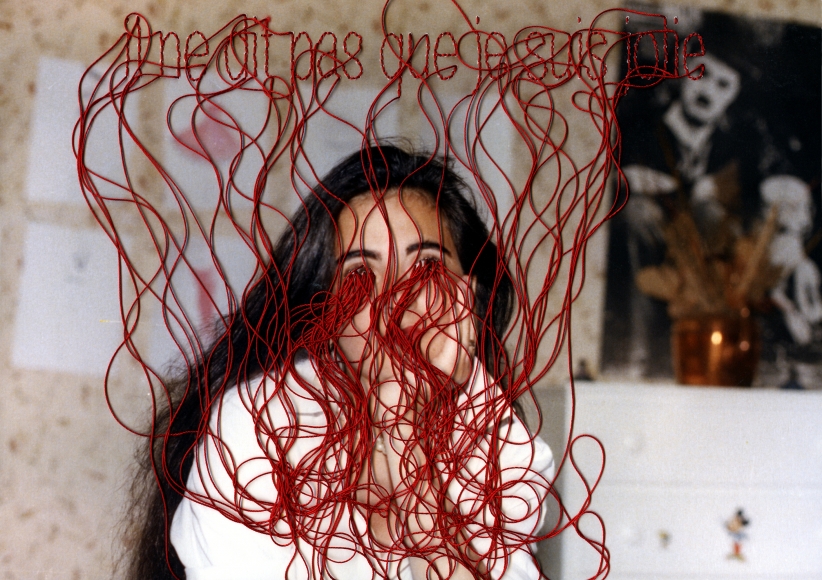
“Family photographs are quite often deployed- shown, talked about.” Their selection and ordering as meaningful as the picture themselves.”
-Annette Kuhn
I think this quote relates well to Bénitahs work and in link to my photos as, Bénitah carefully selected each image in her Photo Souvenirs which she had strong memories towards and the way she chose to feature her images in her book helped to build her narrative and create a story within these tiny stories
Visually the colours of the photograph are quite toned down due to it be an older photo and not having the colour quality of many of today’s cameras; furthermore this highly contrasts between the rich red silk thread which has been used to alter this image. Texture is present through the use of thread and the over laying that has been creating as she used long pieces of thread, which I think gives her a unique style as I have not seen anything like this amongst other photographers which I think is quite important. Here once again due to the use of red string the image becomes 3D as the string is physically coming out of the photograph to recreate this image and show the models thought processes. The eye is first lead to the models eyes as that’s where all the thread starts and is lead down and onto the photo frame and back up to the top of the image to create a sentence.
Here Bénitahs work is all about going back to her old memories and reinterpreting them so that they fit her current expression and help the audience to be aware of how she now views these childhood memories which she presents in a more vivid format. The red thread creates a semantic field against her other photographs showing how they all once represented Carolle Bénitah and her younger life. Here every of her images are different creating a more distinct image with the addition of the thread to more clearly show her thought processes behind the image. Here I really liked the ideas of memories from her childhood; these images clearly have sentimental value to this photographer and it shows the fact that she wants to bring that memory back to life as maybe she has suffered a loss between the time that the photo was taken and now. I also like the idea of her changing the images and adding the red and black thread to the images as it makes the images stand out and changes them. The Red Silk Thread vividly shows the models tears; they are lead to a phrase in French saying “il ne dit pas que je suis jolie” which reads “he doesn’t say that I am pretty”. This may well be the reason why she is crying. I love this idea as this might be her recurring thought whilst this image was taken. Here the image itself may be her trying to keep things altogether and not showing emotion however through the use of thread here emotions are now more visible and clear. Once again the fact that the red thread is the recurring theme helps tie all her images together showing how she is leaving her mark behind the image and allowing the audience to now see the Bénitahs inner thoughts to each and every photo.
Artist 2 – Richard Koenig
By contradicting flatness and space, by underscoring the importance of perspective, I hope to confuse the objective with the subjective in a larger sense. As opposed to resolving issues, I want to increase a perception of tension, to dwell in that which is uncertain.
—Richard Koenig
Richard Koenig is an American photographer born in 1960. These set of images shown above are part of his “1999 Pearl Street” collection. Koenig works on layering images on top of one another to create an optical illusion, he tends to work in private spaces or intimate moments inset within a public space. It makes you think of memories that places and building may evoke on to you as memories are not always built around people but rather the places and object we frequently used.
Previous works include photographing “construction of the railroad as a landmark industrial achievement that shaped the course of American history.” Koneig is said to covey “the expansiveness of the tracks (the Central Pacific Railroad traverses 690 miles and the Union Pacific Railroad covers 1,086 miles) by using a panoramic lens to show an epic landscape, as if from the viewpoint of a passenger, while highlighting changes made to the land to accommodate its creation.”
Image Analysis:

“memories evoked by a photo do not simply spring out of an image itself, but are generated in an intertext of discourses that a shift between past and present”
– Annette Kuhn
I have found that Koenig’s work often has many hidden meanings throughout his images which are open for interpretation. I think his images both show an idea of what his life was and what it used to be like; and now how these thoughts and views may have changed over the years as memories shift with different meanings. I think this works well with my idea as similarly, people can view my images in two formats, from the past and the present.
This photograph follows the artist returning back to his childhood home and photographing rooms and parts of the house in which Koenig feels he has a strong connection to. I think these photos are very important as it not only helps the audience to think back to their childhood home and think of all their good and bad memories that has shaped the way we are today. I think that the emptiness of the image is also important as I am sure that when he was a child the house was filled with family and items like toys and furniture and now the emptiness helps to symbolise a piece that is missing, this could be due to the fact that a member of his household has dies or simply the fact that he has moved out and now only the memories is what remains. I think that having the image being in black and white is important as it brings up the contrast between the lights of the windows and the darks of the door frame, I helps us to focus on the patterns on the wall as they stand out as. The pattern on the wall also helps to give the image texture, which is also shown in the wooden panels on the floor. The eye is first lead to the door then around the clear image and then around to the out of focus part on the outside.
The fact that this is a image within an image allows the photograph to be more interesting as it looks 3D and makes the audience wonder why they chose to do it this way. My first thought is the similarity of the idea that he is hanging up the washing and putting the image in plain sight for the audience to see; however one might wonder if the artist is trying to hide something behind this image closest to us. It may also be down to personal preference and “contradicting flatness and space“. I think the artist works well with his aims of increasing “a perception of tension, to dwell in that which is uncertain.” as the images don’t have much context and can therefore help to leave a lot to the imagination. I think the use of two simple pins holding the image up can serve as a metaphor to show how fragile childhood memories are due to natural ageing as the older we get the more faded our childhood memories become as our brain uses the space for newer memories. The fact that the outside is out of focus also helps to symbolises this as it adds to the idea that we can’t remember all our memories or the whole memory as some parts may be forgotten about.
Conclusion
To conclude, I referenced Carolle Bénitahs work through the use of my childhood photos, by manipulating them (digitally through the use of photoshop and brushes) in order to show how these are old places that my older self is revisiting; I tried highlight certain parts of the image in order to lead the audiences focus onto certain points ion the photo. In Koenig’s work I took inspiration of the image within an image idea and incorporated my old images to again show myself revisiting these childhood places which I feel a strong sentimental connection towards. I think this linked well with Koenig as it makes you question why I chose this image and also technique wise as I contradicted “flatness and space” by this technique.
I think both photographers successfully convey the topics of childhood and memory but in different ways; Carolle Bénitah focuses on obvious manipulation through revisiting her old photos with the use of vivid thread and items which helps to show how she has learnt the skill of sewing and is using it to evoke her emotions onto her childhood. Richard Koenig’s is also consistent with his photography with this same theme used throughout of placing an image within an image however he uses new images and instead goes back to his childhood home to take these new photographs. They also differ in the fact that Bénitahs images have a happier and cheerful tone as her images are filled with colour whereas Koenig’s images are very monochrome and dark which may symbolise his loss or negative feeling towards the place. Koenig likes to spark uncertainty, which I think is an element that they both share as they both leave some ideas up to the audiences imagination and interpretation.
Through this investigation I have learnt how Childhood and memory can be presented in such different ways whilst still presenting strong similarities between artists. I think that ones interpretation of their childhood can really impact the conceptual meaning of an image as different people will present their childhood in different ways, by going to different places choosing different things as what they chose to present however their is an element of comfort that we all follow similar childhoods and that we shouldn’t feel afraid to bring back old memories as they have moulded us into what we are today.
Bibliography:
Barthes, R excerpts from ‘Camera Lucida’, (1980) A closed field of forces. photopedagogy. Roland Barthes (photopedagogy.com)
Dillon, B, 26 Mar 2011. Rereading: Camera Lucida by Roland Barthes Rereading: Camera Lucida by Roland Barthes | Roland Barthes | The Guardian
wells, l. (2003) The photography reader Annette-Kuhn_Remembrance_the-child-I-never-was.pdf
Bénitah, C. https://www.carolle-benitah.com/
Benitah, C. Photo-Souvenirs. Lens Culture. https://www.lensculture.com/articles/carolle-benitah-photos-souvenirs
Benitah, C. SOUS LES ETOILES GALLERY http://www.souslesetoilesgallery.net/artists/carolle-benitah
2021, Richard Koenig (American, b. 1960; resides Kalamazoo, MI) MUSEUM OF CONTEMPORARY PHOTOGRAPHY AT COLOMBIA COLLAGE CHICAGO Richard Koenig | Museum of Contemporary Photography (mocp.org)
Koneig, R. Richard Koenig (kzoo.edu)
2021, Richard Koenig About. Society for Photographic Education, Richard Koenig (spenational.org)

